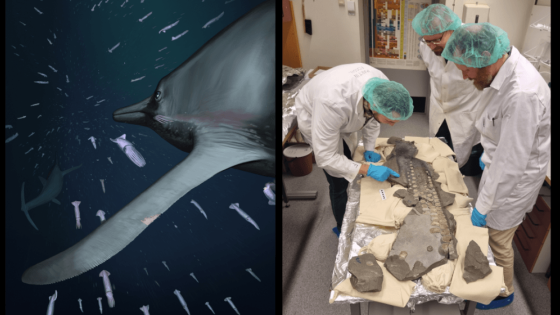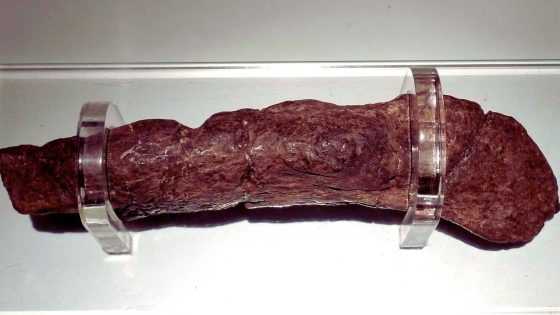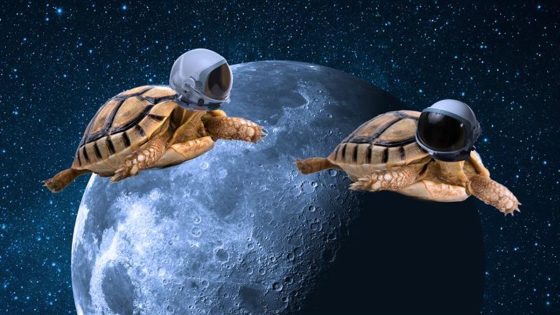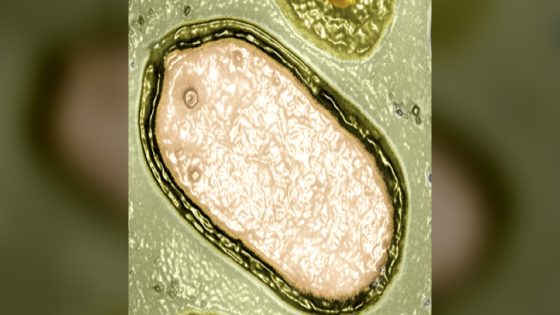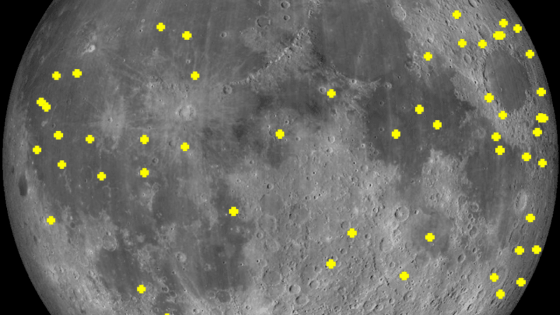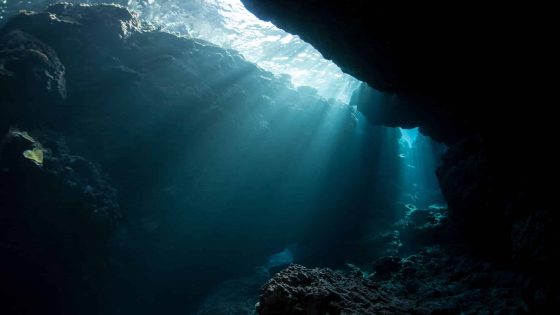An extraordinary fossil discovery has captivated palaeontologists, revealing soft tissues from a giant ichthyosaur for the first time. This remarkable find, dated to 183 million years ago, is set to transform our understanding of these ancient marine reptiles. As Dr. Dean Lomax noted on 2025-07-19 13:51:00, the details uncovered in this specimen are unprecedented.
- First soft tissue remains of giant ichthyosaur
- Discovery reveals new hunting features
- Fossil dates back 183 million years
- Chondroderms provide hydroacoustic benefits
- Potential insights into ichthyosaur origins
- Study published in Nature journal
The fossil, a meter-long front flipper, showcases unique features such as serrated edges and previously unseen cartilaginous structures called chondroderms. These findings not only provide insights into ichthyosaur hunting strategies but also raise questions about their evolutionary history.
This discovery prompts intriguing questions about ichthyosaurs and their adaptations. How did these features influence their predatory behavior? Could similar structures exist in other ancient marine reptiles? Consider the following points:
- The chondroderms may have allowed for silent swimming, enhancing ambush tactics.
- This fossil could reshape our understanding of ichthyosaur evolution.
- It opens avenues for studying similar features in other ancient species.
As researchers delve deeper into ichthyosaur biology, this fossil could unlock further mysteries of ancient marine life, encouraging ongoing exploration in palaeontology.



